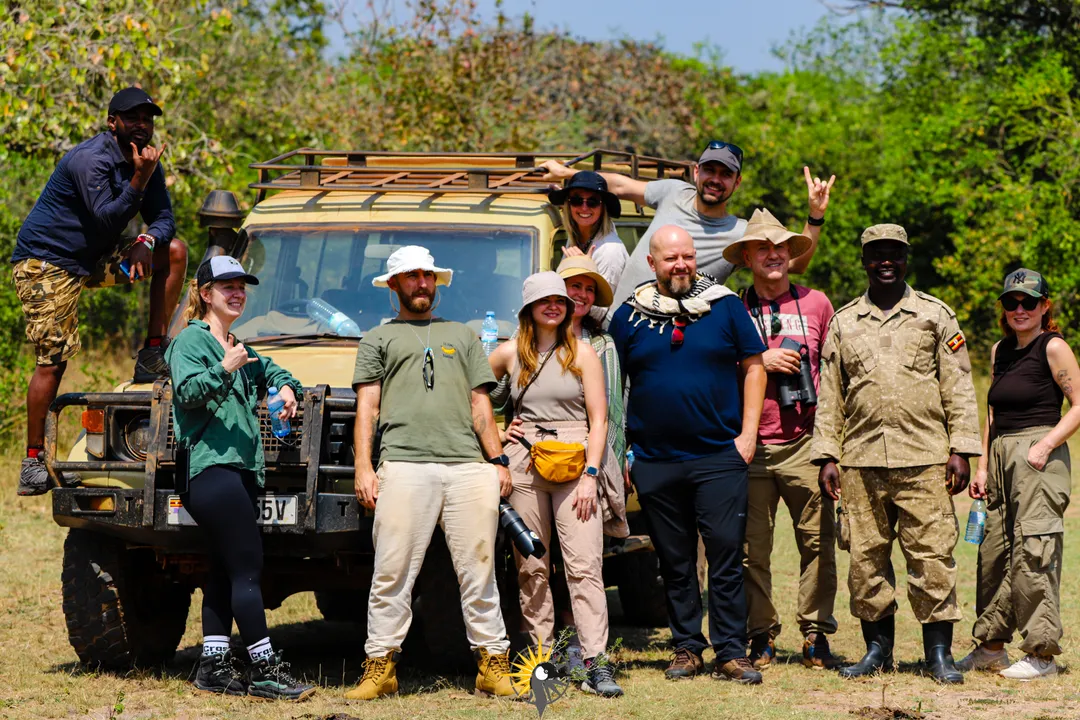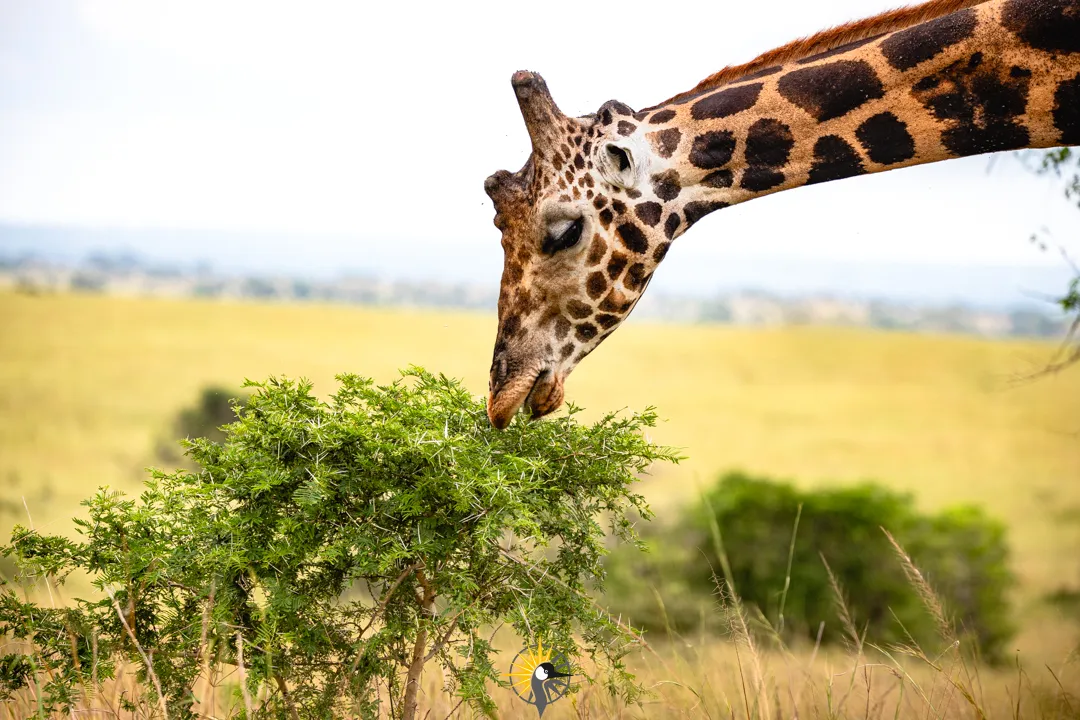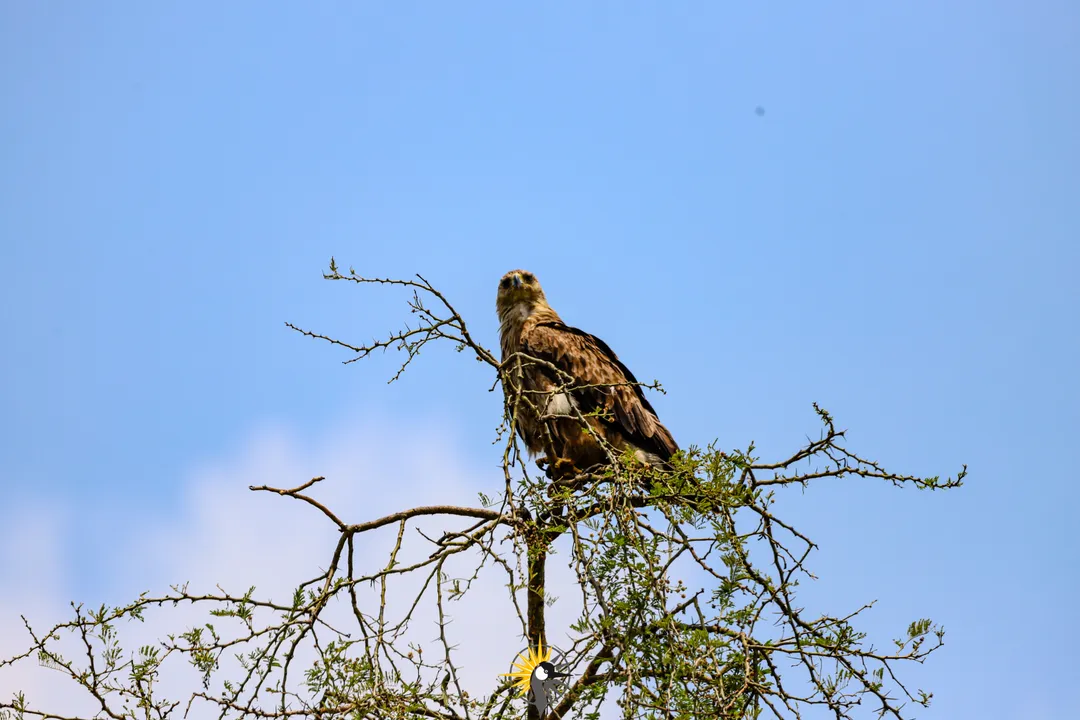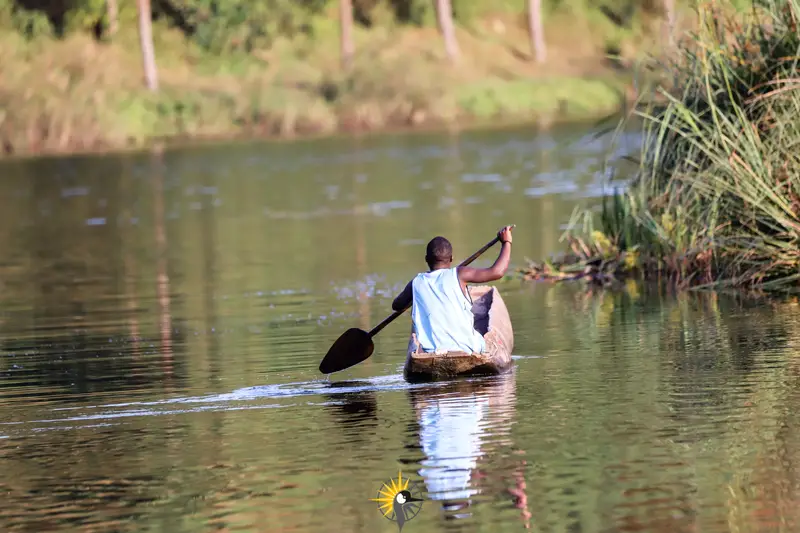Canoeing is a water based activity that involves paddling a lightweight boat, called a canoe, through water. A canoe is typically open on top and propelled using a single bladed paddle. It can be done for recreational purposes, sport, or as a means of transport. Canoeing can take place on various water bodies, including rivers, lakes, and even whitewater rapids.
Forms of Canoeing
1. Recreational Canoeing
Recreational canoeing is the most common and accessible form of the sport, suitable for all skill levels. It typically takes place on calm and serene waters such as lakes, ponds, or slow-moving rivers.
This type of canoeing is ideal for relaxation, sightseeing, or casual outings with family or friends. Recreational canoes are designed to be stable and easy to use, making them perfect for beginners. Participants can enjoy nature, spot wildlife, and even bring along a picnic for a delightful day outdoors. It’s a stress-free way to explore waterways while enjoying fresh air and tranquility.
2. Whitewater Canoeing
Whitewater canoeing offers an adrenaline-pumping experience as paddlers navigate fast-moving rivers and rapids. The intensity of the rapids is graded from Class I (easy) to Class VI (extreme and dangerous), allowing enthusiasts to choose their level of challenge.
This form of canoeing requires skill, experience, and the ability to handle sudden obstacles like rocks, waves, and drops. Specialized whitewater canoes are built for durability and maneuverability, while helmets and flotation devices are essential for safety. Whitewater canoeing is as thrilling as it is demanding, offering participants a chance to test their paddling prowess.
3. Canoe Racing
Canoe racing is a competitive sport that tests speed, endurance, and teamwork. It takes place on a variety of waterways, from calm lakes to rivers with defined courses. Races can be short sprints that demand explosive power or long-distance marathons that challenge stamina.
In sprint racing, paddlers compete on straight courses, often in a bid to shave fractions of a second off their time. Marathon racing, on the other hand, can involve navigating through multiple terrains and even carrying the canoe across land (portaging). Lightweight and streamlined racing canoes are used, and competitors undergo rigorous training to master speed and technique. Canoe racing also features prominently in events like the Olympics, making it an exciting spectator sport.
4. Expedition Canoeing
Expedition canoeing is for adventurers who want to explore remote waterways over extended periods. This form often involves paddling through vast lakes, wilderness rivers, or interconnected water systems, sometimes spanning days or even weeks.
Participants carry essential supplies such as camping gear, food, and navigation tools. It’s not just about paddling but also about embracing the challenges of the outdoors, from setting up camp in remote areas to encountering wildlife. Expedition canoeing demands preparation, navigation skills, and physical endurance but offers unparalleled experiences, such as breathtaking landscapes and a deep connection with nature.
5. Freestyle Canoeing
Freestyle canoeing is an artistic expression of paddling. Paddlers perform choreographed maneuvers on flat water, often set to music. It focuses on precision, control, and fluidity of movement, making it as much a performance art as a sport.
Lightweight and highly maneuverable canoes are used, allowing paddlers to execute graceful turns and intricate patterns. This type of canoeing appeals to those who enjoy mastering advanced techniques and showcasing their skills in a creative, elegant manner.
6. Canoe Camping
Canoe camping combines the adventure of paddling with the joy of camping. It involves paddling to remote locations where participants can set up camp, often staying overnight or for multiple days.
Canoe camping typically takes place on rivers or lakes with access to scenic and secluded campsites. The canoe serves as both a mode of transportation and a means to carry gear, including tents, cooking supplies, and food. This activity is an excellent way to disconnect from everyday life, enjoy the serenity of nature, and experience the outdoors in a sustainable manner.
7. Canoe Polo
Canoe polo, also known as kayak polo in some regions, is a fast-paced team sport that combines canoeing skills with ball-handling techniques. Two teams compete to score goals in a game that blends elements of basketball, water polo, and canoeing.
Played in pools or flat-water arenas, players use specialized canoes that are shorter and more agile for quick maneuvers. Helmets with faceguards are mandatory for safety, and paddles are used both for propulsion and ball control. Canoe polo is an exciting sport that emphasizes strategy, teamwork, and agility, making it a dynamic and competitive activity.
Where to do this activity in East Africa
1. Uganda
Lake Victoria
Lake Victoria, Africa's largest freshwater lake, offers a serene environment for canoeing enthusiasts. The Ugandan side, especially near Entebbe, features calm waters that are ideal for beginners and nature lovers. As you paddle along, you can explore the lake’s vast expanse and nearby islands, including the famous Ssese Islands and Ngamba Island, home to a chimpanzee sanctuary. The shores are teeming with birdlife, from African fish eagles to vibrant kingfishers. Canoeing here is a peaceful way to connect with nature, with sunsets over the water providing unforgettable memories.
The Nile River
For adventure seekers, the Nile River in Jinja offers exhilarating whitewater canoeing. Known as the source of the Nile, this iconic river boasts stretches of calm waters and adrenaline-pumping rapids. The rapids, graded from Class I to IV, cater to both beginners and seasoned paddlers. Expert-guided tours ensure safety while allowing participants to enjoy the lush greenery and unique wildlife along the riverbanks. Canoeing on the Nile combines adventure with breathtaking scenery, making it a must-visit for thrill-seekers.
Lake Bunyonyi
Lake Bunyonyi, nestled amidst terraced hills, is one of Uganda’s most picturesque and tranquil spots for canoeing. Its calm waters are perfect for paddling between the 29 small islands scattered across the lake. Each island has its own unique story, offering a fascinating cultural experience. Visitors can interact with the Batwa community and learn about their traditions. Lake Bunyonyi also offers excellent birdwatching opportunities, with sightings of weaver birds and grey-crowned cranes. This destination is ideal for those seeking scenic beauty and cultural immersion.
2. Kenya
Lake Naivasha
Lake Naivasha, located in the Great Rift Valley, is a stunning freshwater lake surrounded by lush vegetation and wildlife. Canoeing here is a peaceful experience, as the calm waters provide the perfect backdrop for spotting hippos, giraffes, and a variety of bird species, including pelicans and cormorants. One of the highlights is paddling to Crescent Island, a sanctuary where visitors can walk among zebras, wildebeests, and antelopes. Lake Naivasha offers a blend of tranquility and wildlife encounters, making it a favorite among nature enthusiasts.
Tana River
The Tana River, Kenya’s longest river, is a prime destination for whitewater canoeing. The river features thrilling rapids ranging from Class II to V, which wind through lush riverine forests. Adventurous paddlers can embark on multi-day expeditions that combine challenging rapids with serene stretches of water. These trips often include camping along the riverbanks, allowing visitors to fully immerse themselves in the wilderness. The Tana River is perfect for those looking for an adrenaline-fueled adventure amidst Kenya’s stunning landscapes.
Lake Victoria
The Kenyan side of Lake Victoria, especially near Kisumu, offers a unique canoeing experience that combines scenic paddling with cultural exploration. Paddlers can visit fishing villages, learn about traditional fishing methods, and enjoy fresh tilapia prepared by locals. The lake’s tranquil waters and picturesque surroundings make it an ideal spot for unwinding while connecting with the local culture.
3. Tanzania
Lake Tanganyika
Lake Tanganyika, the world’s second-deepest freshwater lake, is a dream destination for canoeing. Its crystal-clear waters and pristine beaches provide an unmatched experience for paddlers. The lake is surrounded by dramatic mountain ranges, creating a stunning backdrop for exploration. Adventurers can paddle near Mahale Mountains National Park, combining their trip with chimpanzee trekking. Lake Tanganyika is perfect for those looking for remote, unspoiled beauty and unique wildlife encounters.
Lake Duluti
Lake Duluti, located near Arusha, is a serene volcanic crater lake surrounded by dense greenery. Its calm waters are ideal for beginners and those seeking relaxation. As you paddle through the lake, you may spot a variety of birds, monitor lizards, and even otters. Guided canoeing tours often include birdwatching excursions, making Lake Duluti a great spot for nature lovers and photography enthusiasts.
Pangani River
The Pangani River offers a mix of adventure and cultural experiences for canoeing enthusiasts. The river’s winding path takes paddlers through vibrant riverine ecosystems, where they may encounter crocodiles, hippos, and a diverse array of birdlife. Guided canoeing trips often include visits to nearby Swahili villages, providing insights into the local culture and traditions. The Pangani River is a wonderful destination for those seeking both natural beauty and cultural exploration.
4. Rwanda
Lake Kivu
Lake Kivu, one of Rwanda’s most scenic destinations, is perfect for canoeing enthusiasts. The Rwanda Canoe Trail offers a structured way to explore the lake, with stops at picturesque islands and vibrant towns like Gisenyi and Kibuye. Paddlers can enjoy pristine beaches, serene waters, and breathtaking views of the surrounding hills. Canoeing on Lake Kivu also provides opportunities for cultural immersion, as visitors interact with local communities and learn about their way of life. The calm waters and year-round accessibility make this lake a favorite for recreational paddlers.
Mukungwa River
The Mukungwa River, located in northern Rwanda, offers a tranquil setting for canoeing. Its gentle waters meander through scenic valleys and agricultural landscapes, providing a peaceful experience for paddlers. Guided trips on the Mukungwa often include cultural stops at nearby villages, allowing visitors to connect with the local people and learn about their traditions. This river is ideal for those looking to combine paddling with cultural exploration in a serene environment.
Plan Your Canoeing Adventure in East Africa
East Africa’s diverse waterways offer unparalleled canoeing experiences, from the adrenaline-filled rapids of the Nile and Tana Rivers to the tranquil lakes of Bunyonyi, Naivasha, and Kivu. With stunning natural landscapes, abundant wildlife, and opportunities for cultural immersion, canoeing in East Africa is a must for adventure seekers and nature lovers alike. Whether you’re a beginner or an experienced paddler, this region has something to offer for everyone.
Top Canoeing tours in Uganda
No safari data available.
News and updates

Why Uganda Is Africa’s best safari secret
Discover why Uganda is Africa’s best-kept safari secret. From thrilling mountain gorilla trekking to diverse wildlife and stunning landscapes, Uganda offers an unforgettable, off-the-beaten-path safari experience.
Sun Apr 06 2025

Unique safari experiences in Rwanda
From tracking endangered primates to exploring stunning landscapes and vibrant traditions, here are the most unique experiences you can enjoy in Rwanda.
Fri Mar 14 2025

Birdwatching in Kenya
Join Musana Tours and Travel on an unforgettable birdwatching safari across the best birding hotspots in Kenya.
Wed Feb 26 2025









